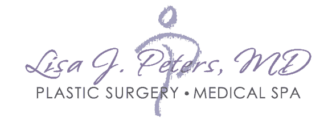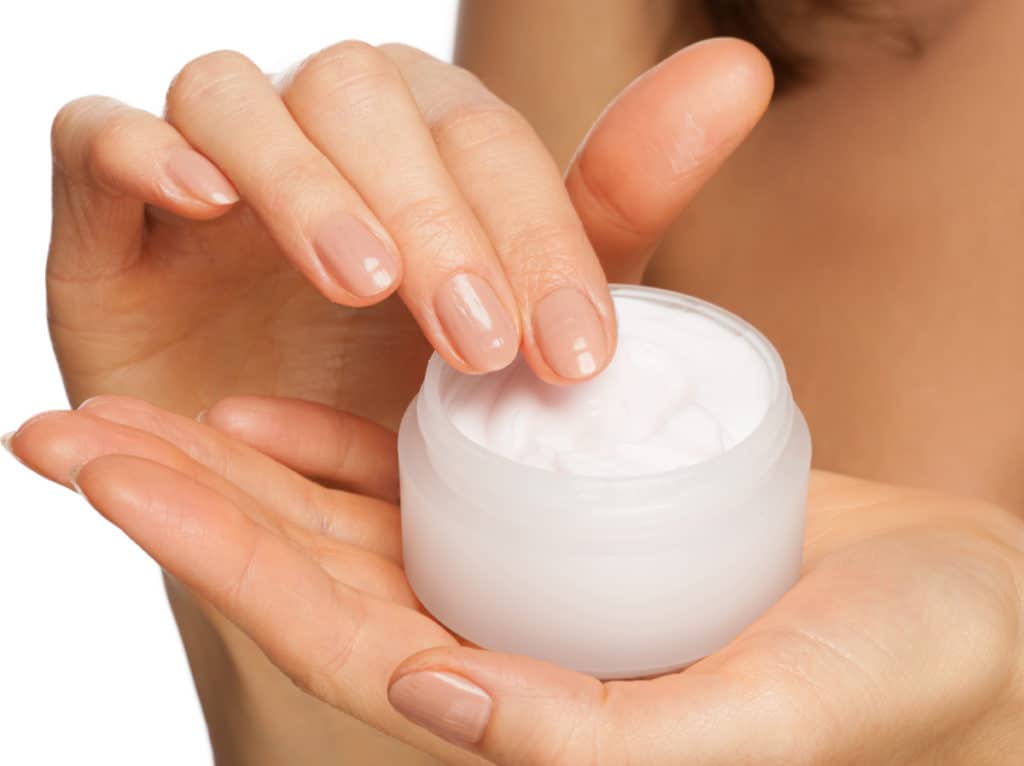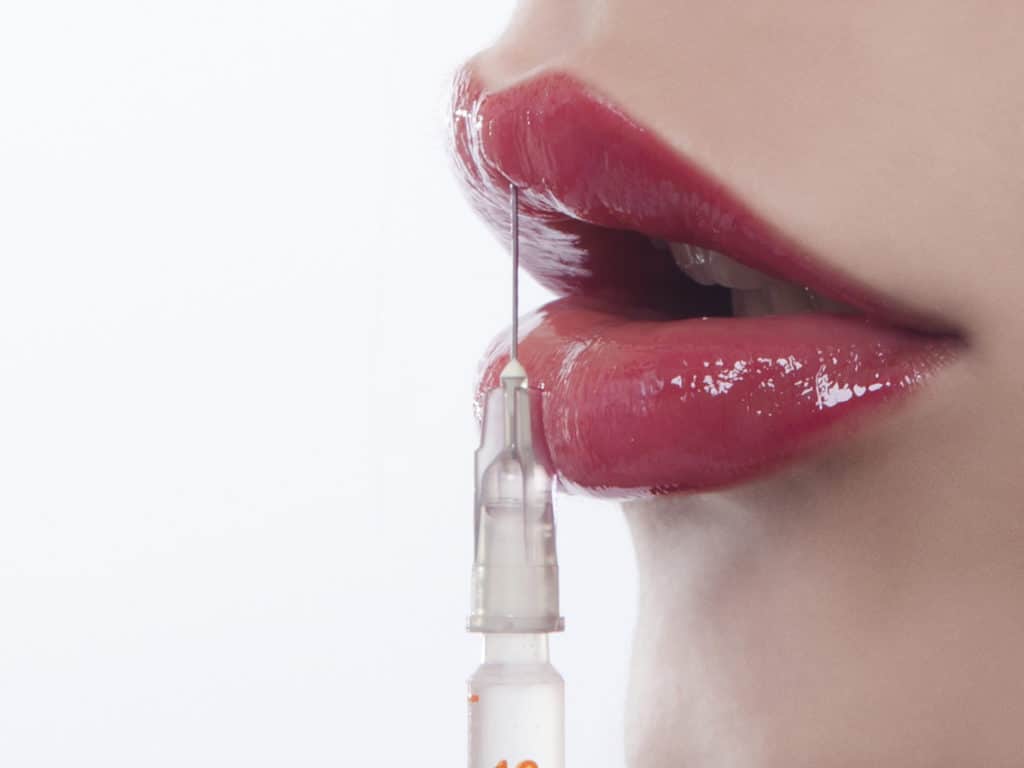Working in a plastic surgery office we see many patients who are concerned by scars, whether it is a patient who is having surgery and is worried about how their scars might heal or a patient who suffered some sort of injury resulting in a scar. People come in with new scars that are still healing and sometimes they come in years after the initial trauma to see if anything can be done to improve the appearance of their scars. Luckily we have a few different treatment options available to offer our patients when it comes to scar optimization.
The best way to treat a scar is through early intervention. No matter how the scar was created, here are a few simple steps to follow in order to achieve the best scar results possible:
- The first thing we recommend to all patients is to avoid the sun. Sun exposure on new scars can cause permanent hyperpigmentation or darkening of the scar. I know it is impossible to totally avoid the sun while a scar is healing, but if your scar is in a sun exposed area such as the face, neck or arms, make sure to wear sunscreen with at least SPF 30 every day. This is really important during the first year, as scars take one year to fully mature.
- Another product we recommend to all of our surgical patients is 100% silicone gel or strips. Topical silicone is the only product that has been shown in independent research to help reduce the risk of thickened or raised scars (hypertrophic scars or keloids) and help normally healing scars look better faster. Silicone gels and strips work by creating a protective barrier over the scar, which increases hydration and helps stop excessive collagen build up. This helps flatten and soften the scar, while reducing redness, itching and pain. The brand that we carry in our office is called Silagen. The reason why we like Silagen is because they make a version that already contains sunscreen with SPF 30 in it (it’s a win win!). If you choose to use silicone gel like Silagen, we recommend applying it twice a day for at least two months.
Unfortunately some patients will have more noticeable scars than others, even if they follow the recommendations listed above. The truth of the matter is that everyone heals differently. Lets say, despite your best efforts, you still wind up with an unsightly scar. While continuing the recommendations above is not a bad idea, there are a few other options available to help make scars look better. The two options we have available for scar revision are skin resurfacing via treatment with a fractional non-ablative laser and collagen induction therapy via microneedling.
- Fractional non-ablative lasers improve the appearance of scars by delivering heat beneath the skins surface to stimulate collagen production. The new collagen production helps remodel the scar tissue, thus improving its appearance. The laser we use is a fractional non-ablative laser, which means it delivers heat beneath the skins surface through thousands of tiny, deep columns known as microthermal treatment zones with intervening untreated skin. This approach allows the skin to heal much faster than if the entire area was treated and also lessens the recovery period, while reducing the risk of complications. Multiple treatments are typically needed, and we recommend starting with a package of 6 treatments for optimal results.
- Microneedling uses tiny needles to puncture the skins surface resulting in thousands of micro-wounds. These tiny wounds elicit the body’s own natural wound healing response to create new collagen production. The wound healing response also leads to the release of various growth factors in the skin, such as platelet derived growth factors, fibroblast growth factors and transforming growth factors, all of which result in neovascularization and neocollagenesis, AKA collagen remodeling and thus an improvement in the scars appearance! To learn more about microneedling for scars check out this awesome study here. Depending on the location of the scar and the severity, a package of 3-6 treatments is usually recommended!
If you have tried all of the above, or have a scar that is just too difficult to treat with the modalities mentioned above, another option available to you may be a surgical scar revision. In the case of a surgical scar revision, Dr. Peters with locally numb the area and surgically “cut out” the scar tissue. A new scar is made and will continue to mature over the course of about a year, in which case, we recommend using sun protection and silicone gel use as listed above!
What about Keloid scars?
You might be asking yourself if any of these treatments work well for keloid scars? People who are known to develop keloid scars, should avoid any unnecessary trauma to their skin as much as possible (this includes piercings, microneedling and invasive laser treatments!), as their wound-healing response may result in new keloid formation. If you cannot avoid trauma to the skin (lets say you are having surgery or have experienced a traumatic injury), then we recommend starting with sun protection and silicone gel or sheets. Silicone use may lessen the degree to which a keloid develops, and may also help flatten pre-existing keloids a little bit. Once a keloid is formed though, the best option is to inject the scar with a corticosteroid.
- Kenalog is the name of the corticosteroid injection used for treatment of keloid scars. Once injected into the scar, the medication works by suppressing inflammation and reducing blood flow within the scar itself, leading to a breakdown of the scar tissue. More than one treatment is generally needed, and after a series of treatments, most patients see that their keloid has decreased in size or appears flatter. Some side effects of corticosteroid injection include pain during injection, skin atrophy in the surrounding areas, hypopigmentation (lighter skin color) and telangectasia (the development of tiny blood vessels in the surrounding skin). If a keloid is surgically excised, kenalog may be injected into the wound to help reduce the recurrence of another keloid.
If you are interested in any of the treatments above, or would like to find out if you are a good candidate for treatment, I offer complementary consultations and would be happy to see you! Call (708) 524-1400 or click on our “make an appointment” link to schedule!
Reference:
Alster, T. MD. & Li, M. MD. (2020) Microneedling of Scars: A Large Prospective Study with Long-Term Follow-Up. Journal of the American Society of Plastic Surgeons. Retrieved from: https://journals.lww.com/plasreconsurg/
Fulltext/2020/02000/Microneedling_of_Scars__A_Large_Prospective_Study.17.aspx
Juckett, G. MD, & Hartman-Adams, H. (2009). Management of Keloids and Hypertrophic Scars. Am Fam Physician. Retrieved from: https://www.aafp.org/afp/2009/0801/p253.html



